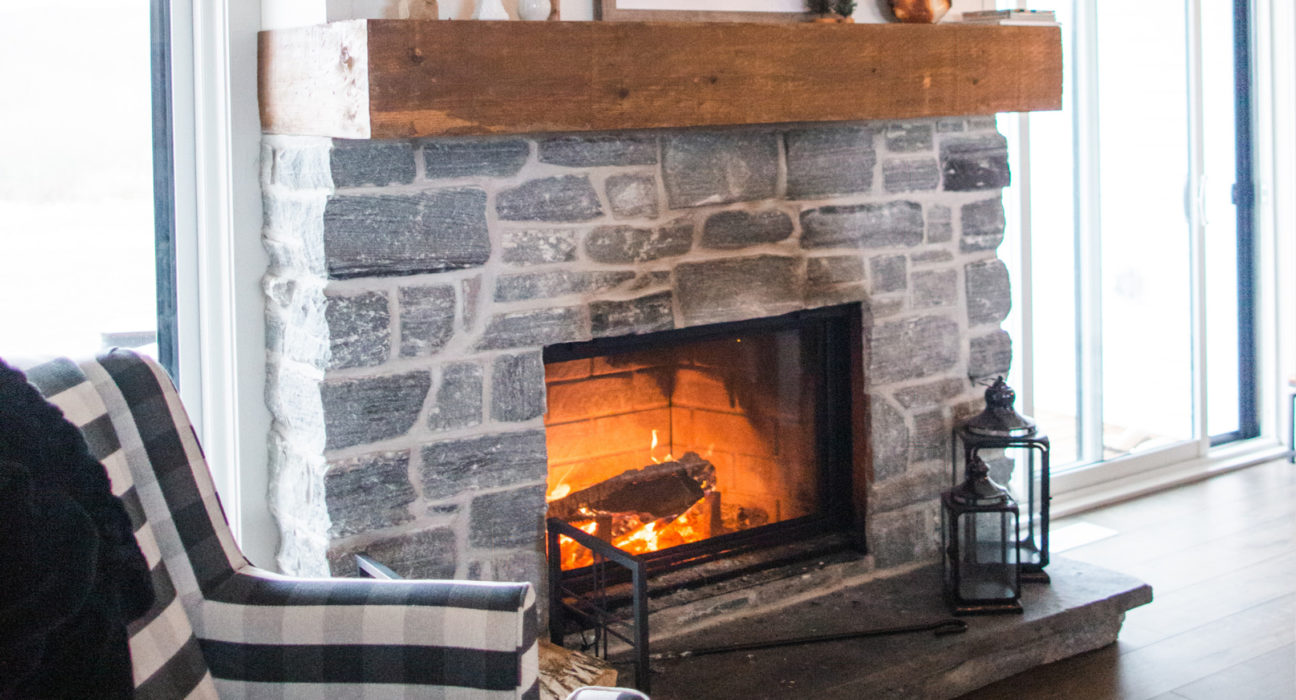Soaring energy costs of households and businesses are worrying, but the Swedish government announced that it can absorb some of the expenses. At the same time, the Swedish Energy Agency’s campaign, ‘Every kilowatt hour (kWh) counts’ hopes to reduce electricity use and prevent shortages this winter by encouraging households and businesses to adopt simple energy-saving measures. From switching lights off to swapping appliances for energy-saving devices, every little bit counts when it comes to lowering power consumption in the capital and the nation.
Make Structures Energy-Efficient
Stockholm winters can be long and cold. Hence, dwellings are heated for health reasons, comfort, and to maintain their condition. Unfortunately, a lot of the heat in a house or building can escape through the walls, doors, and windows. If renovating, improve insulation and ventilation by changing windows and doors and replacing sealing strips to avoid energy loss. Another simple yet effective action is to maintain your heating and cooling system so that you can get the best output without a high energy bill. For example, clogged air filters of air conditioners can block airflow and reduce performance while heat pumps must be inspected to ensure that there are no obstructions and leakage.
Close to 90% of buildings in the capital use district heating powered by excess heat and wastewater. Reducing indoor heating, turning off lights and appliances that are not in use, and replacing bulbs with LED ones can significantly bring down consumption as well. Fortunately, Stockholmers are outdoorsy and like to stay in shape. Spending more time outdoors will also reduce energy consumption. With plenty of accessible lakes, forests, and hiking tracks, there are so many enjoyable things that you can do without using electricity. You can also save up to 40% of your hot water by taking short showers and switching to water-efficient showerheads and taps.
Understand Energy Contracts
Electricity prices are not uniform in Sweden, as they are dependent on supply and demand as well as different energy sources such as wind, hydro, or nuclear power. Heating, on the other hand, mostly comes from biofuels. In fact, energy prices are higher in the south and east where Stockholm is, compared to the north. Hence, it makes sense to check your contracts and see if there are price differences across types of energy and power suppliers. Elskling, Compricer, and Elpriskollen are useful comparison websites that can help you find the best electricity agreements.
Moreover, take the time to look at your patterns of consumption. Now might be the right time to change habits by doing the heaviest or the most energy consuming activities like ironing or drying clothes during off peak hours. In Stockholm, the price of electricity is the lowest between 2-4am while the most expensive is from 5-6pm. According to Professor Wikström of Karlstad University, it’s a good move as well to consider an hourly rate contract in combination with a smart electricity control which switches off electrical heating, for example, when prices are high.
Reducing energy usage not only benefits the pockets of Stockholm residents and businesses, but it also helps the country in lowering electricity consumption. By looking at energy contracts, following simple measures to save power, and improving insulation, the burden on the power supply is eased.












